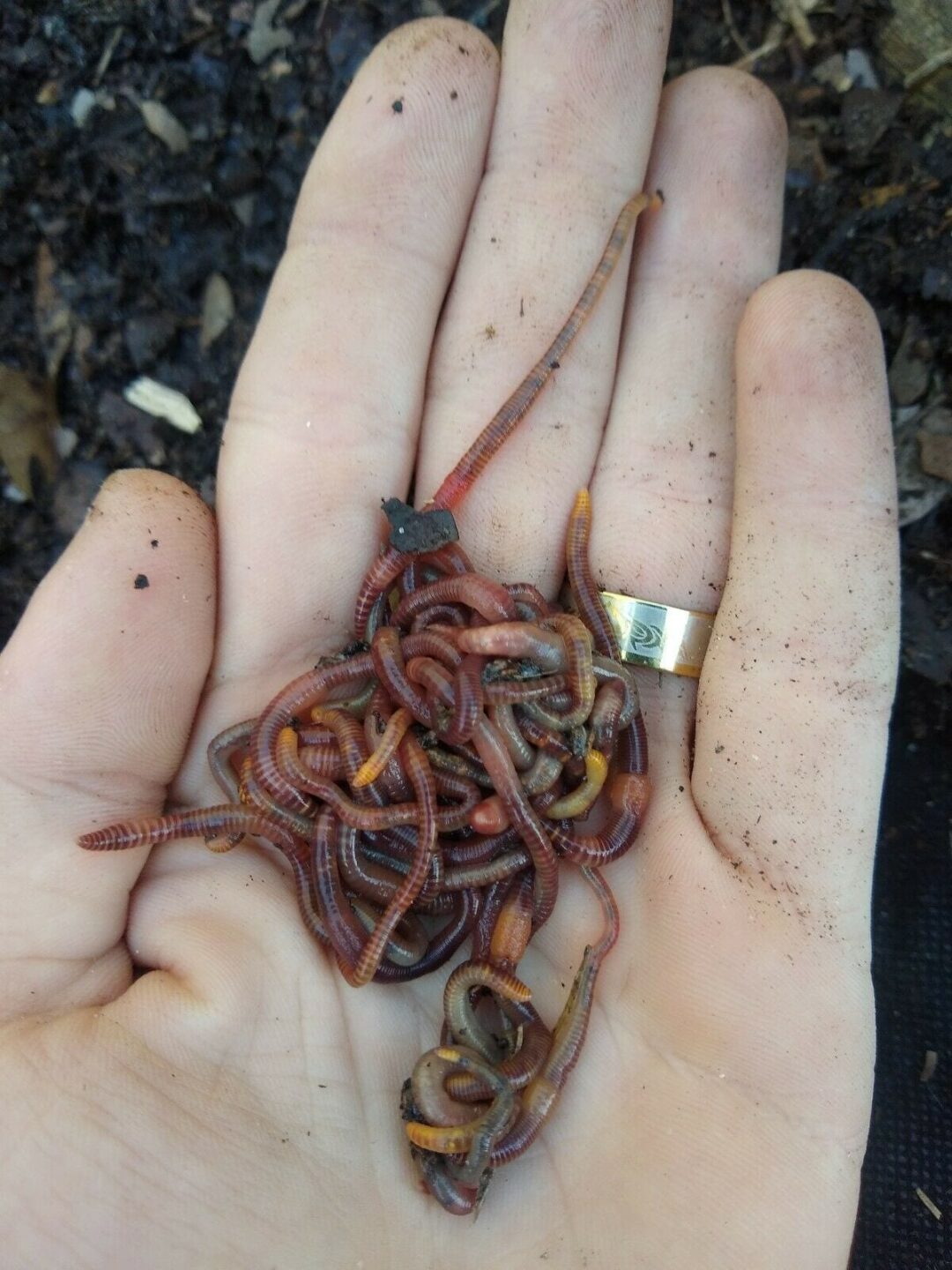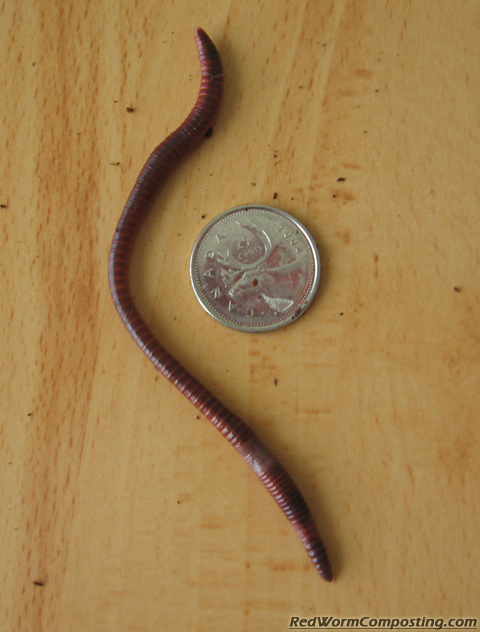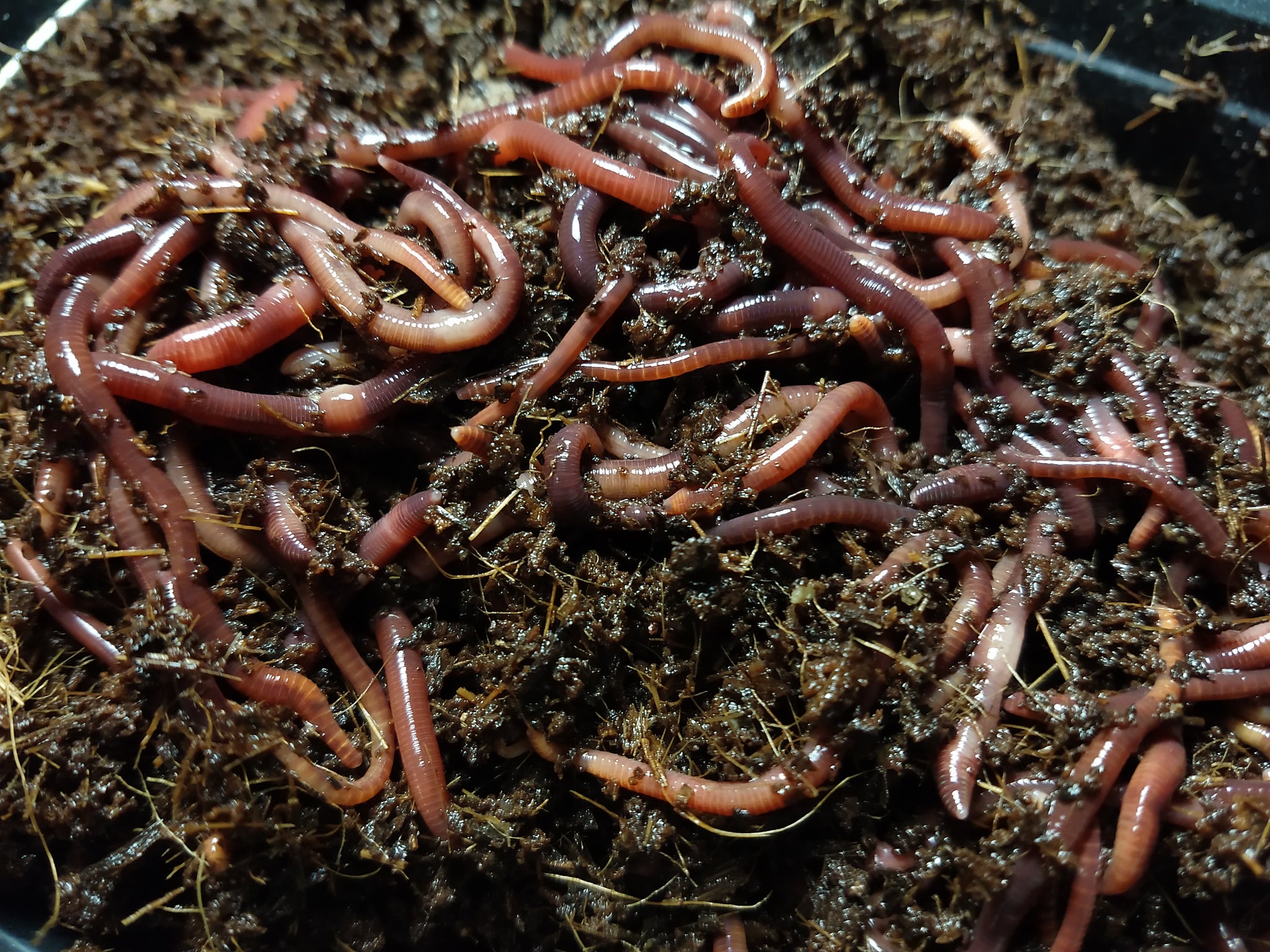Red Wigglers: The Unsung Heroes of Organic Waste Recycling
Red wigglers, or Eisenia fetida, serve as vital agents in the organic waste recycling procedure, transforming disposed of products into valuable vermicompost. As the globe increasingly seeks solutions to battle waste accumulation and improve agricultural productivity, comprehending the role of these worms comes to be vital.
What Are Red Wigglers?
The remarkable durability of red wigglers, medically recognized as Eisenia fetida, underscores their essential duty in natural waste recycling. These little, reddish-brown earthworms are typically discovered in disintegrating raw material, such as compost heap and manure stacks. Lake Hickory Bait. Unlike various other earthworm varieties, red wigglers prosper in nutrient-rich settings and are extremely reliable at breaking down natural materials, making them necessary for vermicomposting

(Red Wiggler Express)Along with their duty in waste decrease, red wigglers add to soil health and wellness by improving dirt structure and oygenation through their burrowing activities (Lake Hickory Bait). Their existence in composting systems not just enhances decomposition prices however also promotes a lasting technique to squander management, illustrating their relevance in ecological conservation initiatives
Advantages of Composting With Worms
Composting with worms, particularly red wigglers, uses numerous advantages that enhance both waste monitoring and soil health and wellness. These worms efficiently break down organic waste, transforming it into nutrient-rich vermicompost that improves soil. This procedure speeds up decay, enabling a faster recycling of kitchen scraps and various other organic materials compared to conventional composting approaches.
In addition, the vermicompost generated by red wigglers is bristling with advantageous microorganisms, which help enhance soil structure, aeration, and wetness retention. This improves the overall wellness of plants, advertising energetic development and enhanced yields in gardens and farming setups. The use of worms in composting reduces the production of greenhouse gases, such as methane, contributing to a much more sustainable waste management system.

Just How to Start Vermicomposting
Establishing a vermicomposting system is a simple procedure that can generate significant benefits for both waste administration and dirt enrichment. To start, pick an appropriate container, such as a plastic bin or wooden box, with sufficient air flow holes to make sure correct air movement. The measurements should ideally be about 2 feet by 3 feet, permitting enough space for the worms to thrive.
Next, prepare bedding product, which can be composed of shredded paper, cardboard, or coconut coir. This bed linen must be dampened to develop an ideal environment for the worms. When the bed linens is in location, introduce red wigglers (Eisenia fetida) into the bin, usually around one pound of worms for every single square foot of surface location.
Following the placement of worms, add natural waste, such as fruit and vegetable scraps, coffee premises, and smashed eggshells. With these actions, you will effectively launch a vermicomposting system that contributes to sustainable waste administration and enriches your dirt.
Preserving a Healthy Worm Container
(Red Wiggler Express)Maintaining a worm container flourishing needs regular focus and like make certain the wellness of the red wigglers and the performance of the composting process. Appropriate maintenance starts with checking the dampness degrees; the container should perspire yet not waterlogged. A great general rule is to maintain an uniformity comparable to a wrung-out sponge.
Delicately mixing the bed linen and food scraps every few weeks avoids compaction and makes sure that all worms have access to oxygen. In addition, it is important to feed the worms properly.
Temperature level guideline is one more crucial facet. Red wigglers prosper in a variety of 55 to 77 degrees Fahrenheit. If the bin ends up being as well warm or cool, the worms may come to be stressed - Lake Hickory Bait. Last but not least, periodically look for signs of health, such as worm population growth and the visibility of healthy and balanced spreadings. By diligently managing these factors, one can maintain a robust and efficient worm bin.
Effect On Lasting Living
The effective maintenance of a worm container not only profits the wellness of red wigglers however likewise adds dramatically to sustainable living methods. By recycling natural waste, such as cooking area scraps and yard particles, red wigglers aid draw away considerable amounts of material from landfills. This decrease in waste not only reduces greenhouse gas exhausts but likewise decreases the environmental concern connected with waste administration.
In addition, the castings created by red wigglers function as a nutrient-rich natural plant food, enhancing dirt health and advertising plant development. This natural alternative to chemical fertilizers sustains sustainable farming and gardening practices, reducing dependence on synthetic inputs that can hurt communities. In addition, worm composting promotes understanding of waste management, urging people and neighborhoods to embrace even more sustainable behaviors.

Conclusion
In recap, red wigglers function get redirected here as vital contributors to natural waste recycling through their reliable disintegration of natural products. Their capacity to generate nutrient-rich vermicompost enhances dirt wellness and sustains sustainable farming methods. By incorporating vermicomposting into waste administration strategies, individuals and communities can dramatically minimize waste while promoting environmental sustainability. The function of Eisenia fetida in promoting healthy and balanced communities underscores the importance of these organisms in attaining lasting living and improving soil fertility.